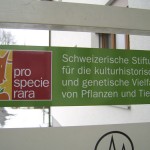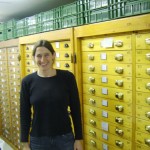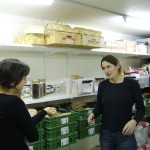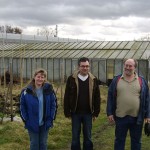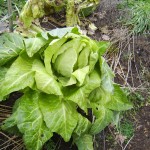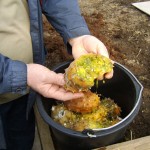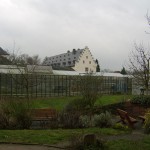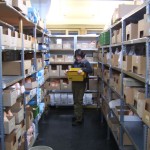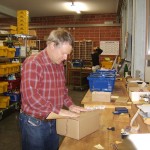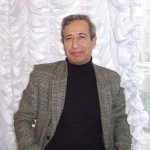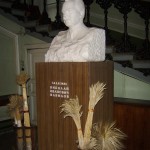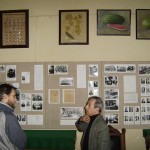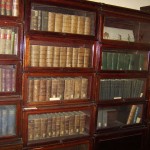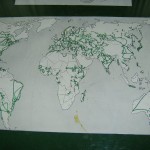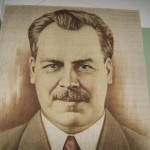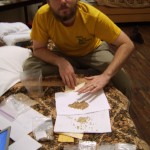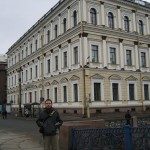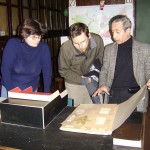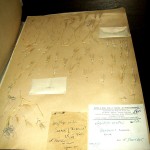From Switzerland we traveled back north up to Germany for a visit with Ulla Grall of Bio-Saatgut. The name of her company says it all: “Organic Seeds”. Ulla offers through her catalog seeds that she produces herself and those grown by several small contract growers, as well as seeds from Sativa Rheinau and a French seed company called Ferme de Sainte Marthe. Ulla told us she wants to grow more of her own seed herself, but also takes pride in the fact that she offers seeds from two other countries. Because of the EU seed laws it is difficult for many people to order seeds from other countries, or they simply don’t think of it as an option. Through her seed company, Ulla offers many varieties that would otherwise be unavailable to German gardeners.
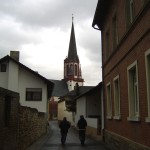
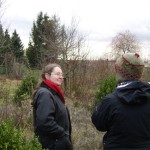
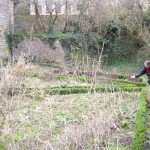
R to L: On the streets of Armsheim, Ulla grall in her garden, more of her gardens.
Ulla became involved in seeds initially as a translator and marketer for Ferme de Sainte Marthe in Germany more than a decade ago when the company was trying to expand into the German market. After Ferme abandoned this project, Ulla took on selling some of their varieties personally. What began as a small mail order resale company has since blossomed into one of the only independent organically certified seed companies in Germany.
